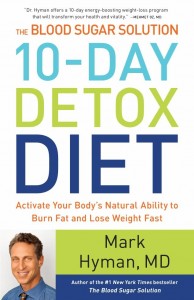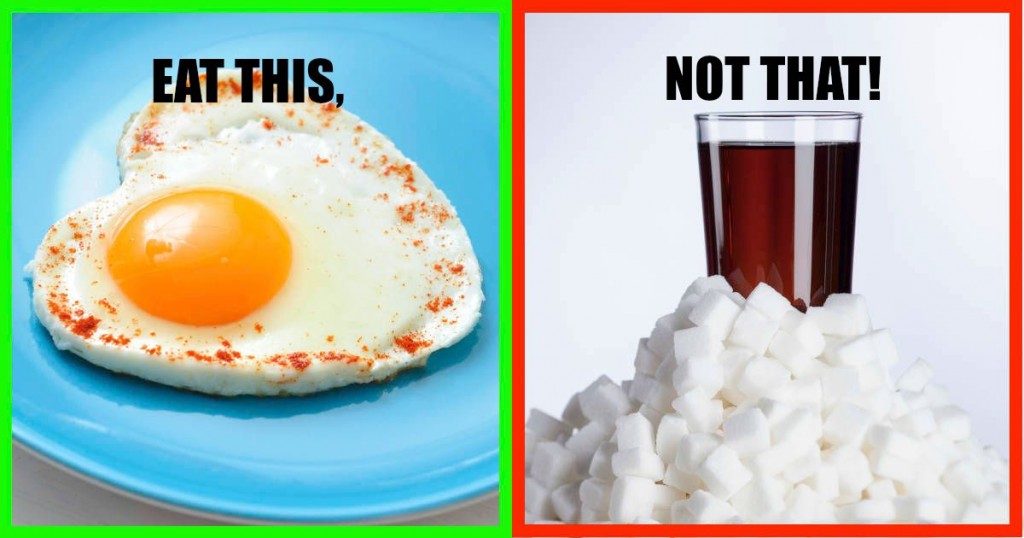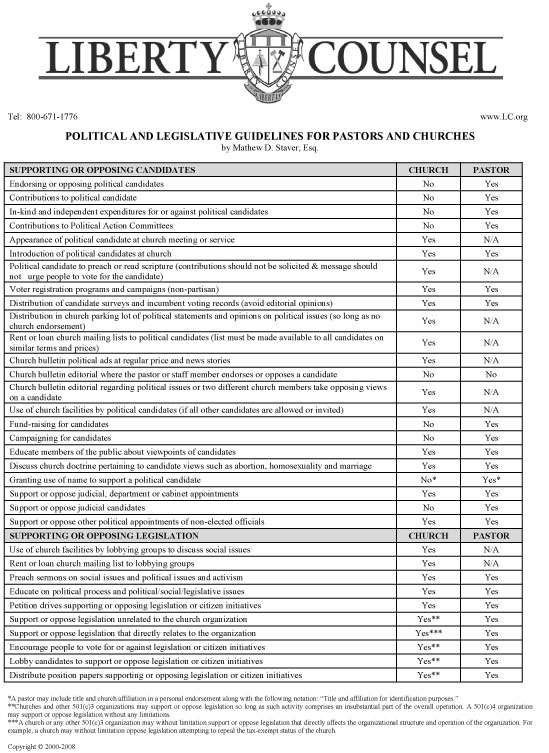By Mark Hyman, MD
It’s over. The debate is settled. It’s sugar, not fat, that causes heart attacks.
Oops. Fifty years of doctors’ advice and government eating guidelines have been wrong. We’ve been told to swap eggs for cereal. But that recommendation is dead wrong. In fact, it’s very likely that this bad advice has killed millions of Americans.
A rigorously done new study shows that those with the highest sugar intake had a four-fold increase in their risk of heart attacks compared to those with the lowest intakes. That’s 400 percent! Just one 20-ounce soda increases your risk of a heart attack by about 30 percent.
This study of more than 40,000 people, published in JAMA Internal Medicine, accounted for all other potential risk factors including total calories, overall diet quality, smoking, cholesterol, high blood pressure, obesity and alcohol.
This follows on the heels of decades of research that has been mostly ignored by the medical establishment and policy makers. In fact, the Institute of Medicine recommends getting no more than 25 percent of your total calories from added sugar. Really? This study showed that your risk of heart attacks doubles if sugar makes up 20 percent of your calories.
Yet more than 70 percent of Americans consume 10 percent of their daily calories from sugar. And about 10 percent of Americans consume one in every four of their calories from sugar.
Failed Dietary Guidelines
U.S. Dietary Guidelines provide no limit for added sugar, and the U.S. Food and Drug Administration (FDA) still lists sugar as a “generally regarded as safe” (GRAS) substance. That classification lets the food industry add unlimited amounts of sugar to our food. At least the American Heart Association recommends that our daily diet contain no more than 5 percent to 7.5 percent added sugar. Yet most of us are eating a lot more. Most of us don’t know that a serving of tomato sauce has more sugar than a serving of Oreo cookies, or that fruit yogurt has more sugar than a Coke, or that most breakfast cereals — even those made with whole grain — are 75 percent sugar.
That’s not breakfast, it’s dessert!
This is a major paradigm shift. For years, we’ve been brainwashed into thinking that fat causes heart attacks and raises cholesterol, and that sugar is harmless except as a source of empty calories. They are not empty calories. As it turns out, sugar calories are deadly calories. Sugar causes heart attacks, obesity, Type 2 diabetes, cancer and dementia, and is the leading cause of liver failure in America.
The biggest culprit is sugar-sweetened beverages, including sodas, juices, sports drinks, teas and coffees. They are by far the single biggest source of sugar calories in our diet. In fact, more than 37 percent of our sugar calories come from soda. The average teenage boy consumes 34 teaspoons of sugar a day, or about 544 calories from sugar. Even more troubling, this isn’t just putting kids at risk for heart attacks at some remote later date in their lives. It’s killing them before their 20th birthday.
This new research syncs with decades of data on how sugar causes insulin resistance, high triglycerides, lower HDL (good) cholesterol and dangerous small LDL (bad) cholesterol. It also triggers the inflammation we now know is at the root of heart disease.
And fats, including saturated fats, have been unfairly blamed. With the exception of trans fats, fats are actually protective. This includes omega-3 fats, nuts and olive oil, which was proven to reduce heart attack risk by more than 30 percent in a recent large randomized controlled study.
Here’s the simple fact: Sugar calories are worse than other calories. All calories are not created equal. A recent study of more than 175 countries found that increasing overall calories didn’t increase the risk of Type 2 diabetes, but increasing sugar calories did — dramatically.
How to Cure Our Sugar Addiction
America lags far behind the rest of the world in addressing this problem. Mexico, for example, responded after learning that when soda consumption increased to 20 percent of calories for the average citizen, their rates of obesity and Type 2 diabetes skyrocketed. Public health officials there researched effective solutions to combat obesity and diabetes from around the world.
 The key interventions they implemented included taxing soda, banning junk food television advertising, and eliminating processed foods, junk food and sugar-sweetened beverages from schools. More than 15 countries have targeted sugar-sweetened beverages by taxing them — a strategy that’s proven successful.
The key interventions they implemented included taxing soda, banning junk food television advertising, and eliminating processed foods, junk food and sugar-sweetened beverages from schools. More than 15 countries have targeted sugar-sweetened beverages by taxing them — a strategy that’s proven successful.
Another effective strategy is revamping food labeling to make it clear if a food is good, should be consumed with caution, or is bad for you. In the United States, even someone with a Ph.D. in nutrition has trouble deciphering food labels. How can the average person be expected to know?
Recent and mounting scientific evidence clearly proves that sugar — and flour, which raises blood sugar even more than table sugar — is biologically addictive. In fact, it’s as much as eight times more addictive than cocaine.
The average American consumes about 152 pounds of sugar and 146 pounds of flour a year. It’s imperative that we revamp our outdated and dangerous national dietary guidelines. And we need clear strategies and medical programs to help people understand and address the health risks and addictive nature of sugar and refined carbohydrates.
That’s how we can reverse this tsunami of obesity and chronic disease that is robbing us of our health and crippling our economy.
Mark Hyman, MD is a practicing physician, founder of The UltraWellness Center and a six-time New York Times bestselling author. His latest book The Blood Sugar Solution 10-Day Detox Diet, provides an easy, step-by-step plan to rid yourself of sugar addiction and reverse your risk of heart attacks. Take a sneak preview of the book at www.10daydetox.com.








